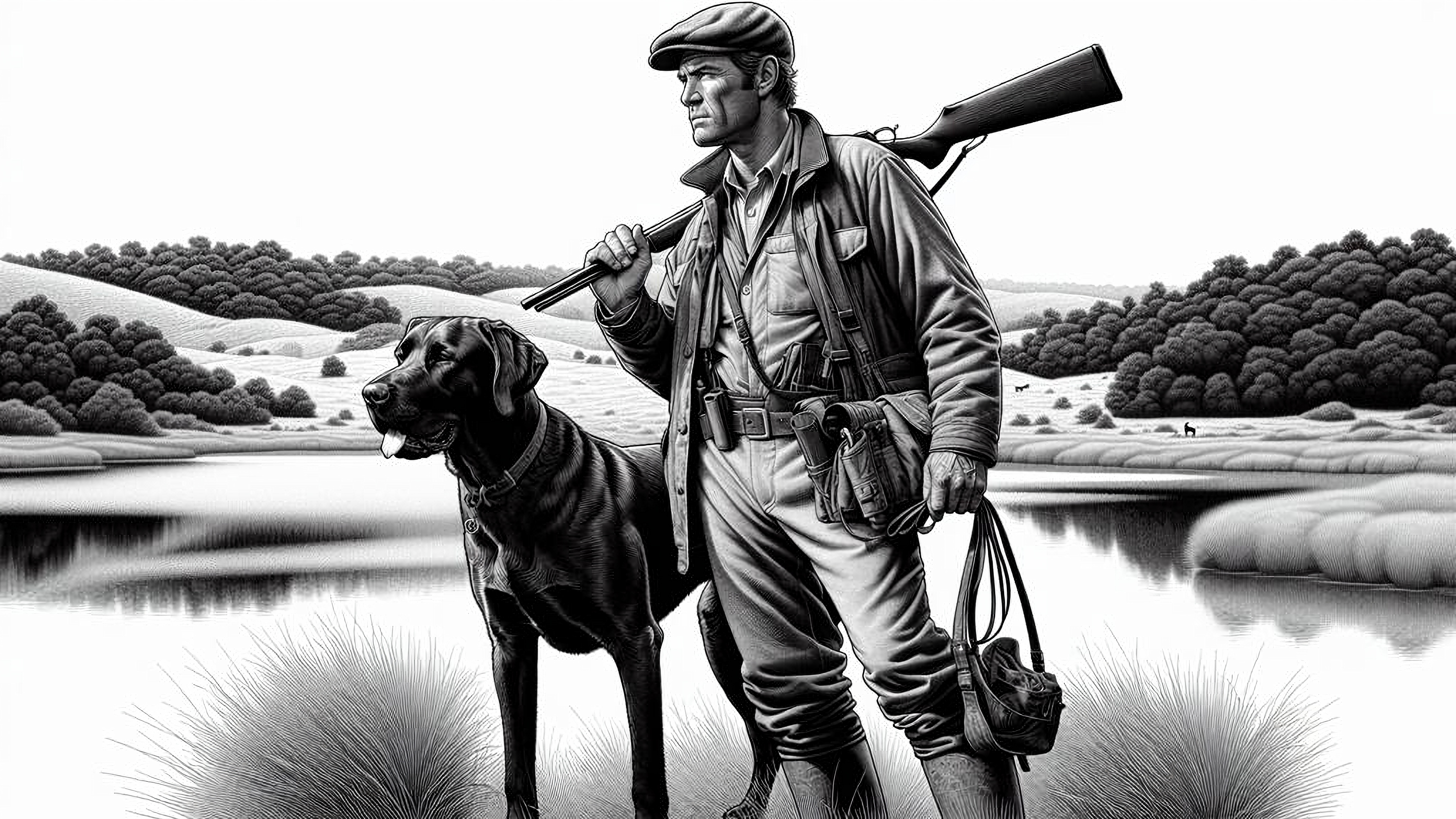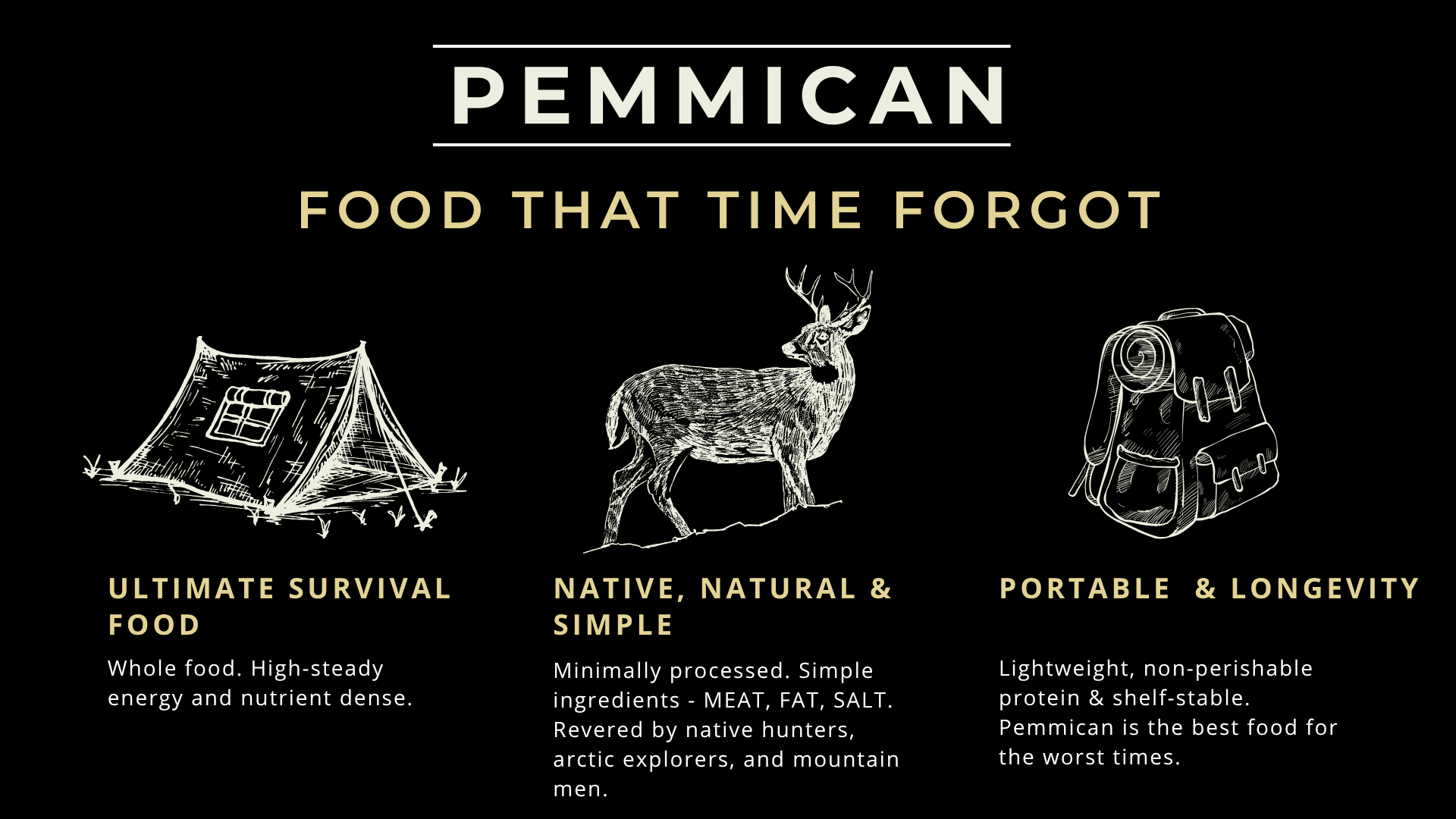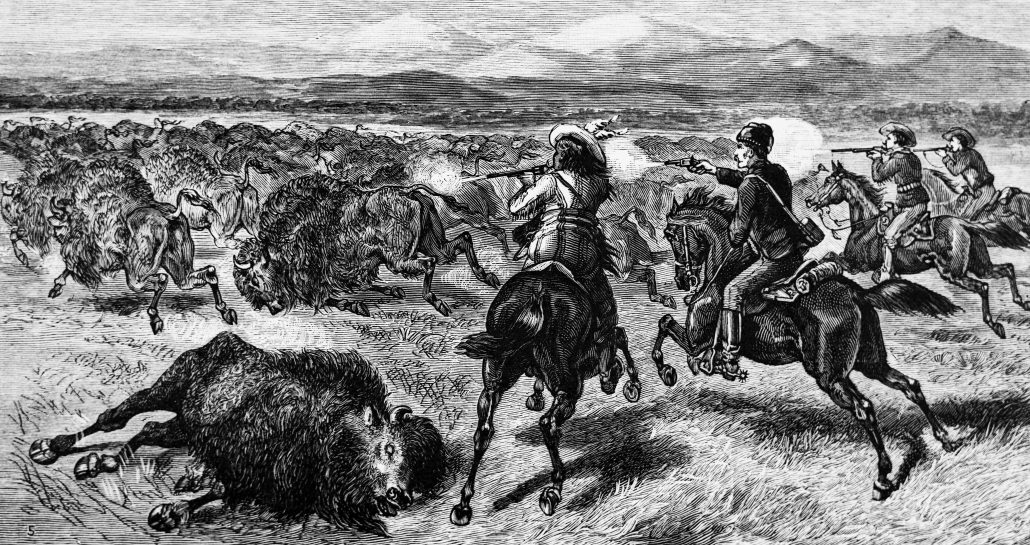


To grasp the utility and value of pemmican, it’s helpful to first understand its history.
No other food has been tested as widely by so many people living in harsh conditions as pemmican, and there are numerous historical examples of its value as both a trade commodity and a necessity for adventurers and explorers.
Based on historical accounts, the idea of pemmican dates back at least 500-600 years, but it could well be thousands of years old.
While there is no consensus as to when pemmican first originated, at the time of European contact, it was incredibly popular among Native peoples from what is now Texas all the way up to Manitoba, Canada.
Native Americans and First Nations people traded pemmican between tribes, and would often travel long distances to obtain it if they couldn’t make it themselves.
Henry Kelsey, a white fur trader, may have been the first non-Native to make his own pemmican. According to his journal, he hunted buffalo with North American Plains Indians to make his own pemmican as he also trapped furs with them in 1691-1692.
Not long after that, the concept spread among white settlers and trappers who found that pemmican was unsurpassed for its efficiency, nutritional value, and shelf-life.